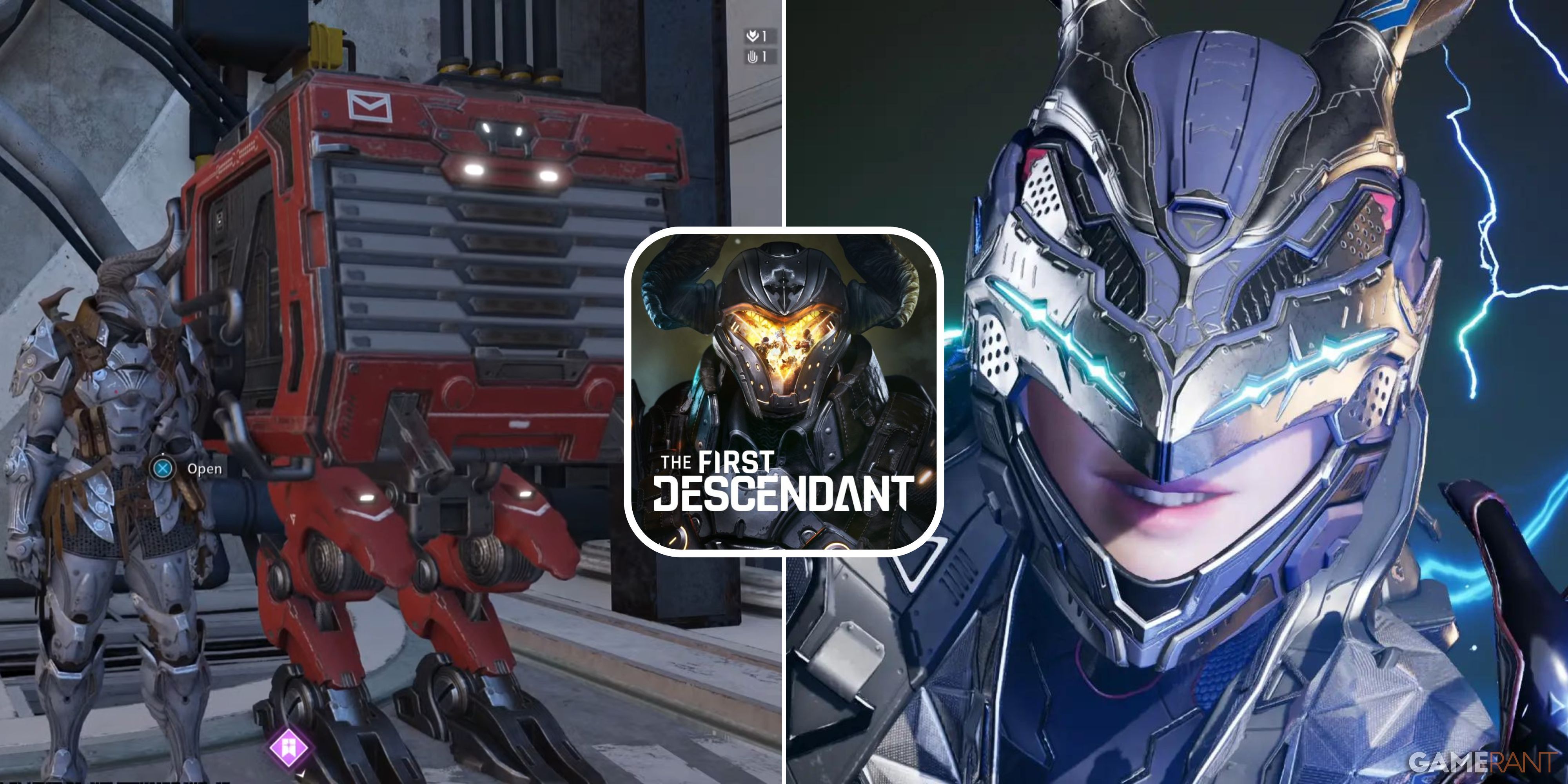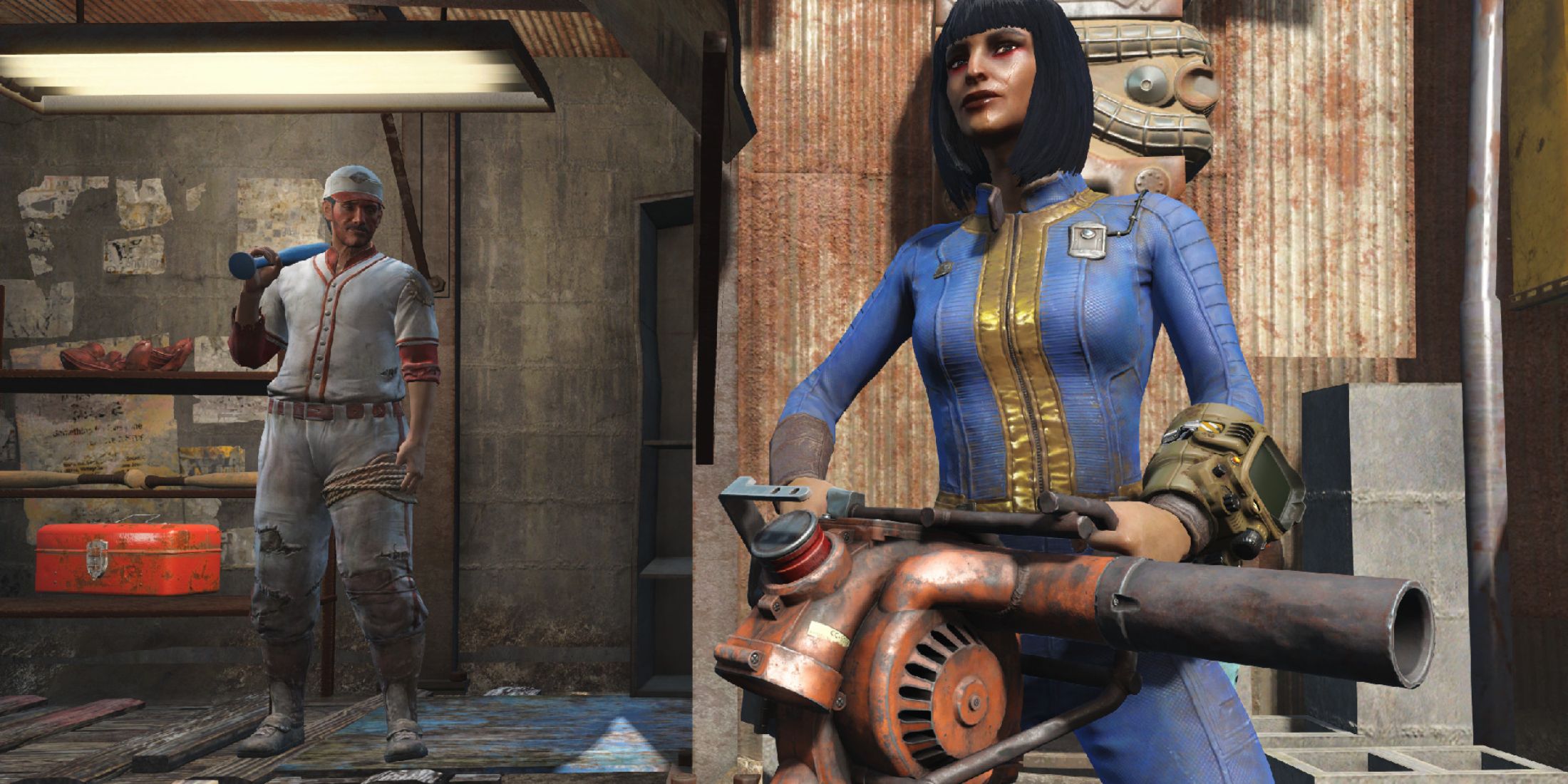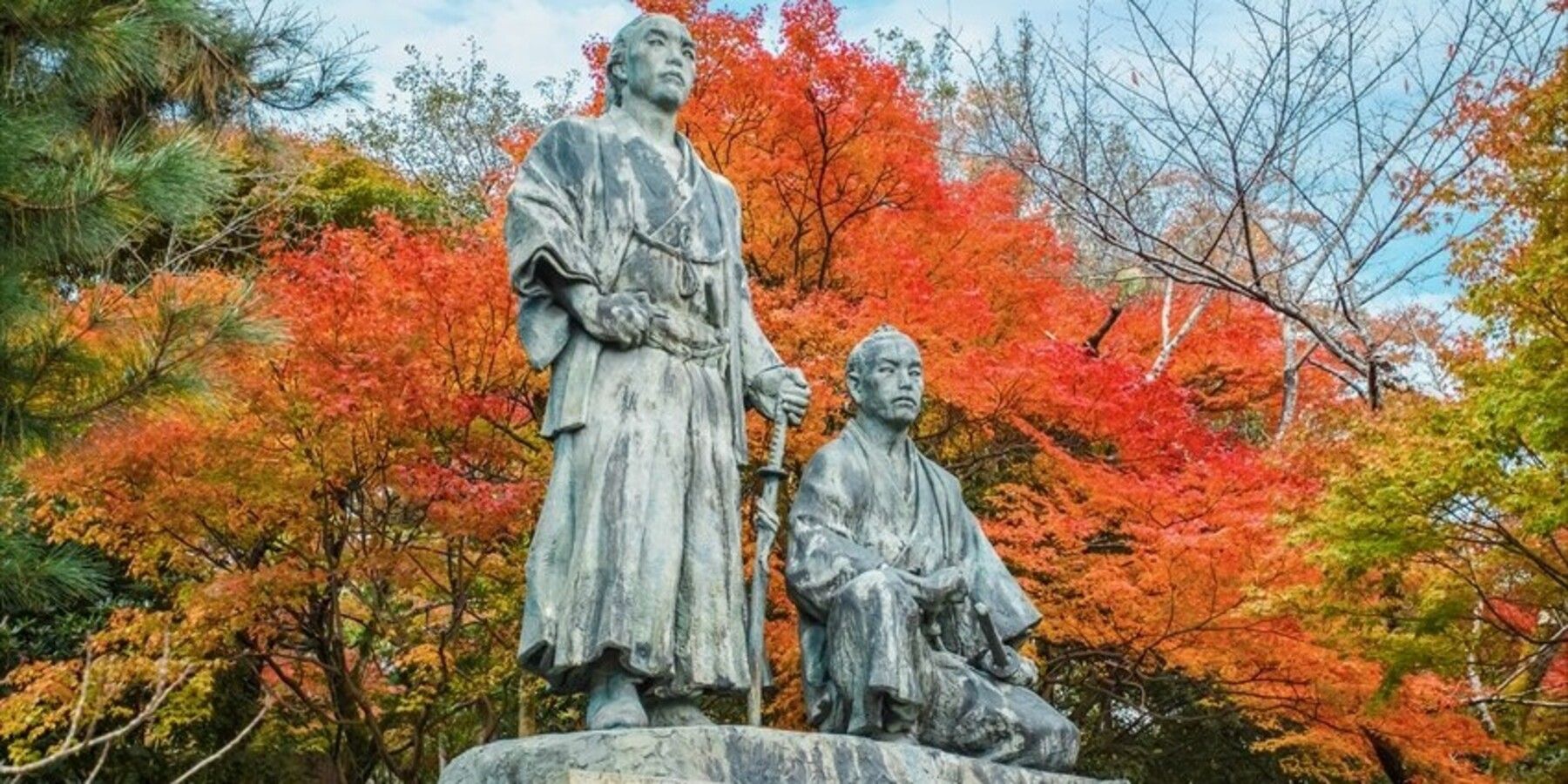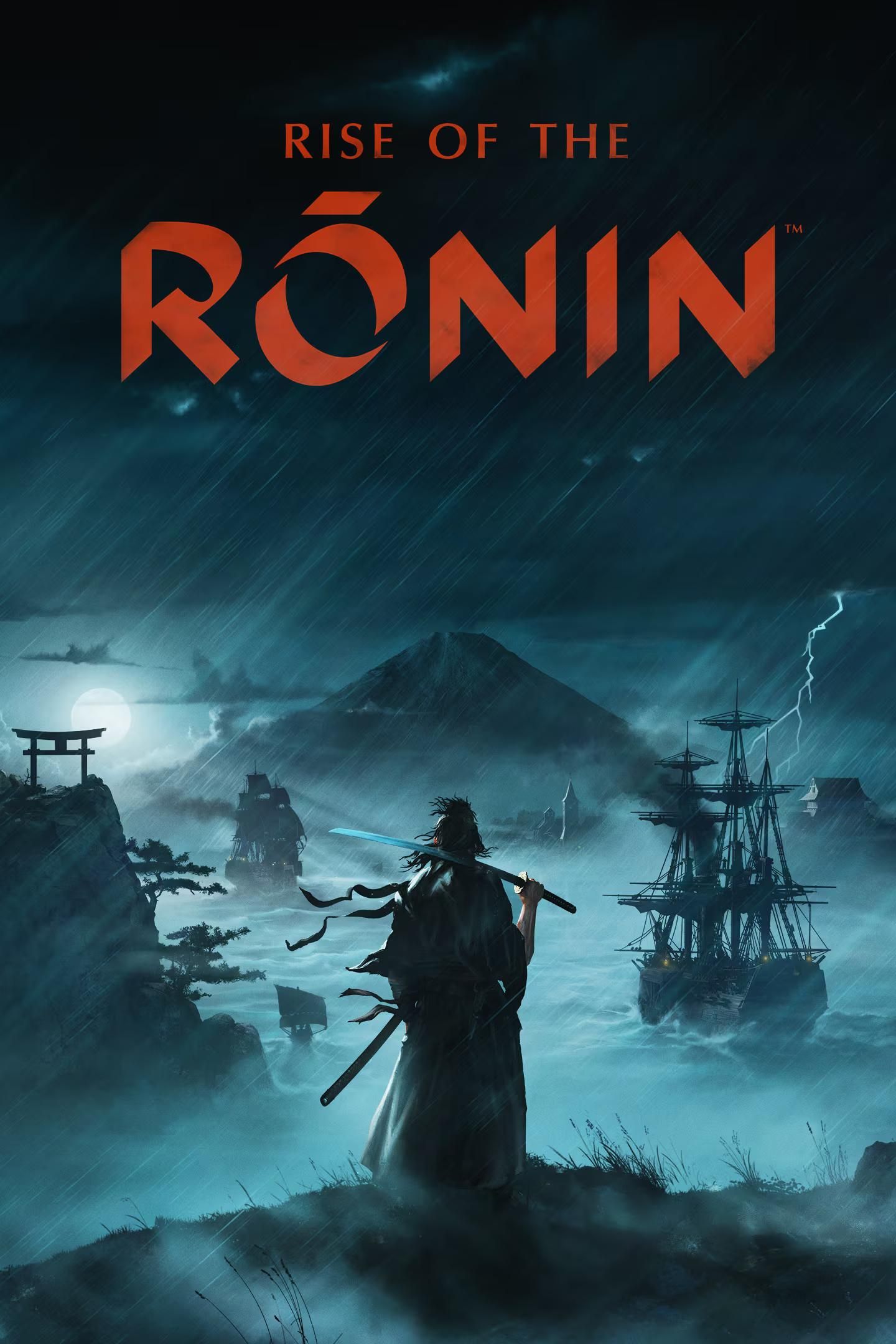Highlights
- Rise of the Ronin balances Soulslike and open-world gameplay with historical storytelling, a departure from Team Ninja's usual supernatural themes.
- Like a Dragon: Ishin! and Rise of the Ronin both explore Japan's Bakumatsu period, leading to the Meiji Restoration and dismantling of the Shogunate.
- While Like a Dragon: Ishin! focuses on personal drama and relationships, Rise of the Ronin takes a broader, big-picture approach to Japan's history.
Team Ninja's Rise of the Ronin is resonating with fans of both Soulslikes and open-world action games thanks to its careful balance between both, and the title also happens to be an uncharacteristically grounded tale for the studio. Rather than introduce any supernatural elements or demons that the studio has a penchant for including in its decidedly Eastern-themed approach to the Soulslike genre, Rise of the Ronin tells the tale of the close of Japan's Edo period and the dismantling of the Tokugawa Shogunate. It's a tumultuous and transformative era in Japan's real-world history that makes for some compelling political drama and intrigue, and it's also one that was covered in last year's Like a Dragon: Ishin!
Originally released for the PlayStation 3 and 4 back in 2014, Like a Dragon: Ishin! also happens to take place during the twilight of Japan's Edo period, only it replaces the likenesses of real-world historical figures with the familiar faces from the Yakuza/Like a Dragon series. Players get to assume the role of legendary samurai Sakamoto Ryoma in Like a Dragon: Ishin!, only he takes on the likeness of actor Takaya Kuroda, well known for playing longtime Yakuza protagonist Kazuma Kiryu. While RGG places players in control of the pivotal actors in the downfall of the Shogunate, Rise of the Ronin takes a big-picture approach to the same story and has the player looking in from the outside.
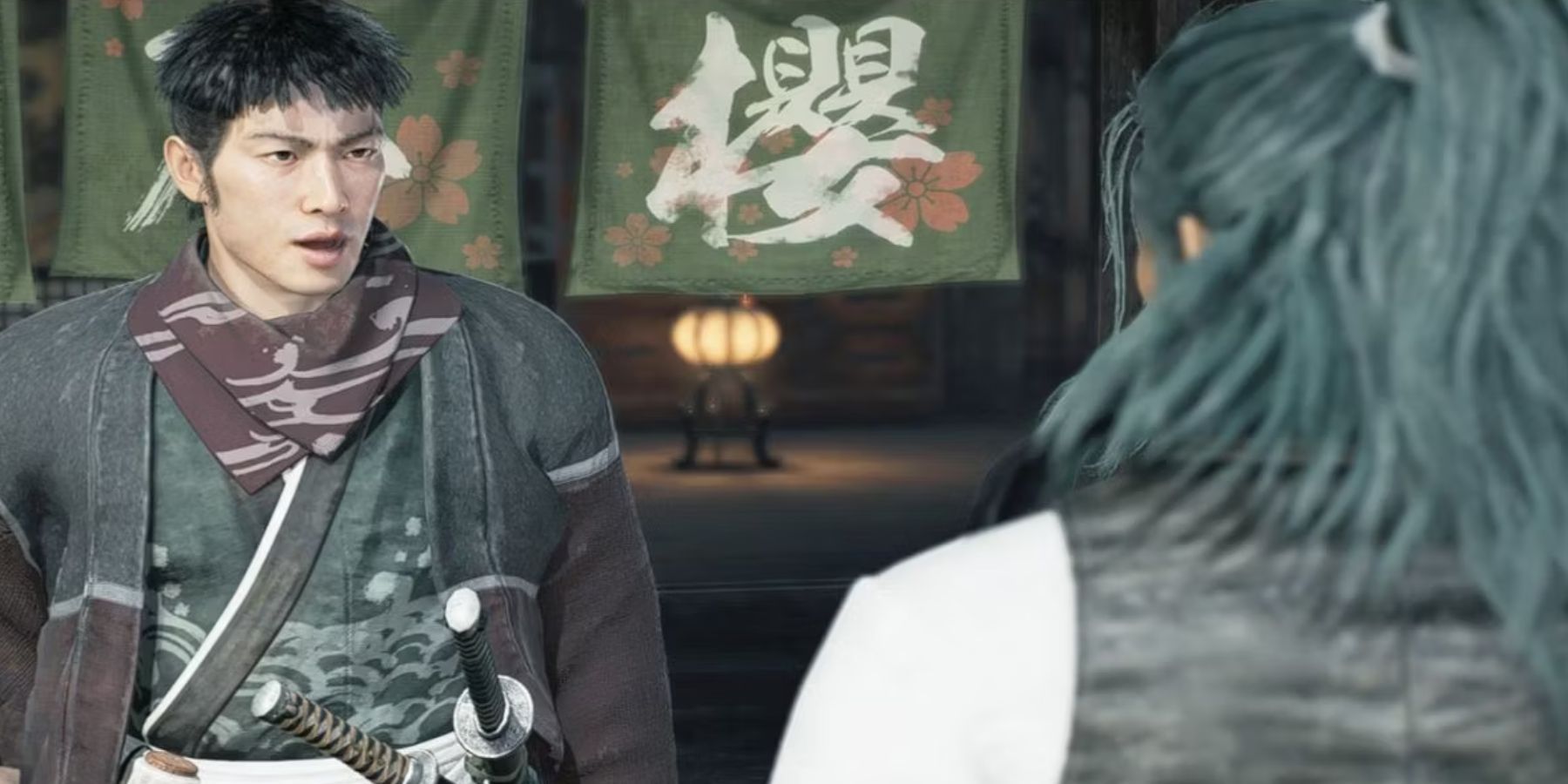
How Rise of the Ronin’s Characters Reflect its Historical Period of Upheaval
Rise of the Ronin's setting and time period make for one of the most complex, interesting, and infrequently seen historical pieces in modern gaming.
Like a Dragon: Ishin! Focuses on Interpersonal Relationships and Drama Like Other RGG Games
Both Rise of the Ronin and Like a Dragon: Ishin! take place during the beginning of Japan's Bakumatsu period, in which the traditionally isolationist nation began to welcome trade and diplomacy with Western nations. This came about as a result of a forced intervention and treaty between the Shogunate and United States Navy Commodore Matthew C. Perry, which would end up severely tarnishing the public perception of the Shogunate and inevitably lead to the Meiji Restoration.
As part of the Meiji Restoration and transition between the Edo and Meiji periods of Japan's history, the Shogunate was dismantled, and the country returned to rule under an Emperor.
Despite featuring the likenesses of familiar faces from the Yakuza games, Like a Dragon: Ishin! faithfully retells this important part of Japan's history with all the depth and attention to detail that typically feature in the narratives of the mainline Yakuza and Like a Dragon games. Even though the story is based on real-world events, Like a Dragon: Ishin! maintains the over-the-top soap opera-like drama of the rest of the series, and the player getting to control the instrumental real-world figure Sakamoto Ryoma gives some human-level insight into what could have otherwise been a dry historical reenactment.
Rise of the Ronin's Version of the Edo Period Takes a "Big Picture" Stance
Whereas Like a Dragon: Ishin! places players directly in the shoes of one of the most instrumental figures in Japanese history, Rise of the Ronin's Blade Twin/Veiled Edge protagonists are relatively passive actors during the country's transformative period. The Veiled Edges are already being hunted by the Shogunate, so it makes sense that the player would link up with dissenters like Sakamoto Ryoma as part of their quest. But for the most part, each of the major events that unfold in Rise of the Ronin does so with a "big picture" focus on what the changes mean for Japan, with the player working from the shadows as an outsider looking in.
Similar to Like a Dragon: Ishin!, Rise of the Ronin's roster of allies features a veritable "who's who" of important figures from Japanese history, but its more grounded take on historical reenactment means that players miss out on some of the more human moments between these individuals in favor of the broader strokes about the conflict between loyalists and the anti-Tokugawa factions. Both games' depictions of one of Japan's most pivotal eras are worthwhile, but they differ drastically despite featuring the same core subject matter.

